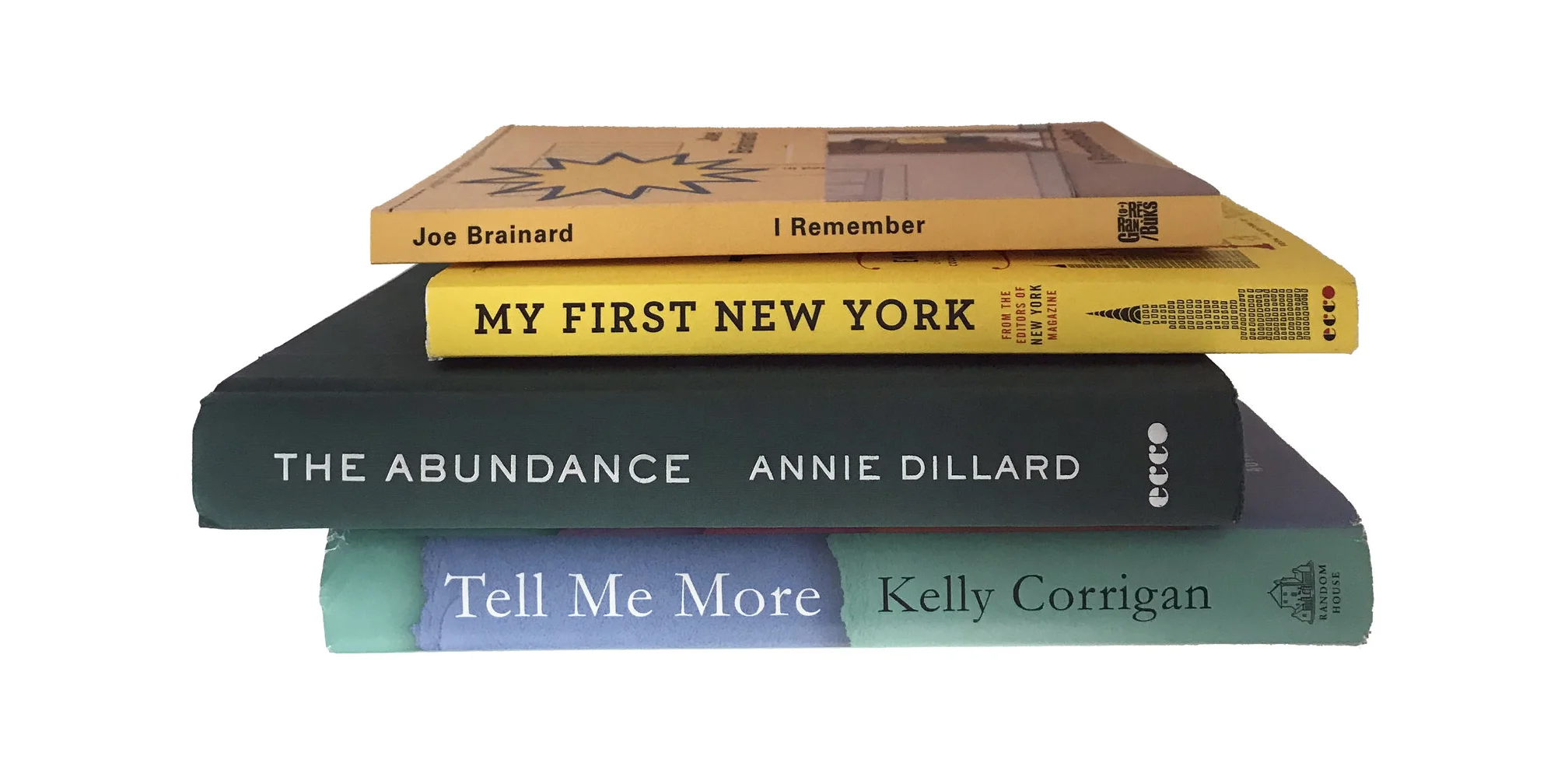How to plan a life story book in 3 simple steps
The mere idea of creating a life story book is daunting. The notion of combing through boxes and devices full of photos, of writing (or even talking) about one’s life experiences—wait, will I even remember them??—and then organizing everything into some cohesive whole…phew. Forget it, there are dishes to do and movie marathons to binge.
Wait, what? Don’t forget it. Please.
If you know you want to leave a meaningful legacy in book form for the next generation but it scares the bejeezus out of you (or it’s simply not how you want to spend your time), let’s chat; as a personal historian with years of experience, I will guide you through the process—dare I say, even make it enjoyable.
If you are someone who is a little scared by the prospect but who still wants to tackle such a project on your own—congrats! And stick with me here, as I’ve got three simple steps to put you on the road to remembering, and to make your life story project proceed as efficiently and smoothly as possible.
3 broad steps to starting a life story book
Narrow down themes you would most like to address in your writing or interviews.
I will break out actionable steps and key things to consider for each of these in subsequent blog posts, but for now, a few quick hits:
1 - Organize your family archive.
I’m not talking about creating another huge project for yourself here (properly organizing all of your family papers and photographs could take months). What I am talking about is
creating an inventory of WHAT you have and WHERE you believe it resides (e.g., in a box in the basement or at your sister Susie’s house) and
identifying the key items in your archive that will help you with your project.
Help you how, you may be wondering? Designate photos and journals, for instance, that you anticipate will help jog your memories and spur you on to story sharing. Earmark genealogy papers that will be resources for creating your life timeline (step two, below) and be useful for fact-checking names, dates, and relationships later.
Hold onto this inventory, as it will be one of your primary tools when it’s time to dive into memoir writing or participating in personal history interviews.
2 - Write a life timeline.
Again, I won’t go into a complete how-to here, but I will say this: People don’t think chronologically; our memories come to us often unbidden, spurred by a scent in our grandmother’s kitchen or a scene in a novel we just read. A chronological framework of your life, though, will be a most useful tool in helping situate your memories in time and place.
Jot down years and major life milestones (decisions, employment, home moves, having children, etc.) in any format that works for you. That could be a document on your computer where you list the events in order with dates alongside, or a large piece of paper with handwritten notes broken up graphically into categories such as Childhood, Adolescence, Adulthood, and Golden Years.
Hold onto this timeline, as it will be another primary tool in your arsenal when it’s time to begin your life story project in earnest.
Click here to read a more in-depth guide to writing a life timeline.
3 - Narrow down themes you would most like to address in your writing or interviews.
Maybe you already know you want to cover only a sliver of your life in your book: your years in the military, say, or the profound transformation of becoming a parent. If so, you can skip this step.
If you are not yet sure which chapters of your life should become chapters in your book, then it’s time to brainstorm. Some questions to ask yourself:
What are the most impactful decisions I have ever made?
Are there times of struggle that serve as examples of resilience, or that hold other lessons?
What are the most joyful times of my life?
What have been the most challenging times of my life?
Is there anything about my career or vocation that is worth telling?
Who had the most impact on me growing up? As an adult? What did I learn from them?
What values do I most want to pass on to the next generation—and are there certain stories that exemplify those values?
Don’t edit yourself. Simply write everything that comes to mind when you think of “important chapters of my life.” You don’t have to decide now which musings will make it into the book—rather, these will serve as additional memory prompts, and some will have more resonance than others.
Hold onto this document of ideas, as it will be your final tool to have at the ready when your life story project gets underway.
Click here to read more about narrowing down themes for your life story book.
What’s next?
Now that you have your three pages of life story resources, it’s time to get into the business of remembering. How will you proceed? A few options to consider and tips to get you going:
If you are a writer:
Consider enrolling in one of my short courses to receive memory and writing prompts—as well as tips and inspiration—delivered straight to your phone. Current themes includes Childhood Memories and Food Memories, and more themes will be added soon.
Memory & writing prompts sent weekly to your phone
Short courses for anyone who wants to write about their life
If you would like to be interviewed to capture your stories:
If this all appeals but seems too daunting to take on yourself, please reach out. I would be honored to help guide you on this journey to create a legacy book capturing your stories for the next generation.



















Sometimes the idea of telling our "life story" is overwhelming. If we think of memoir as a series of smaller life narratives, though, the way in becomes clear.